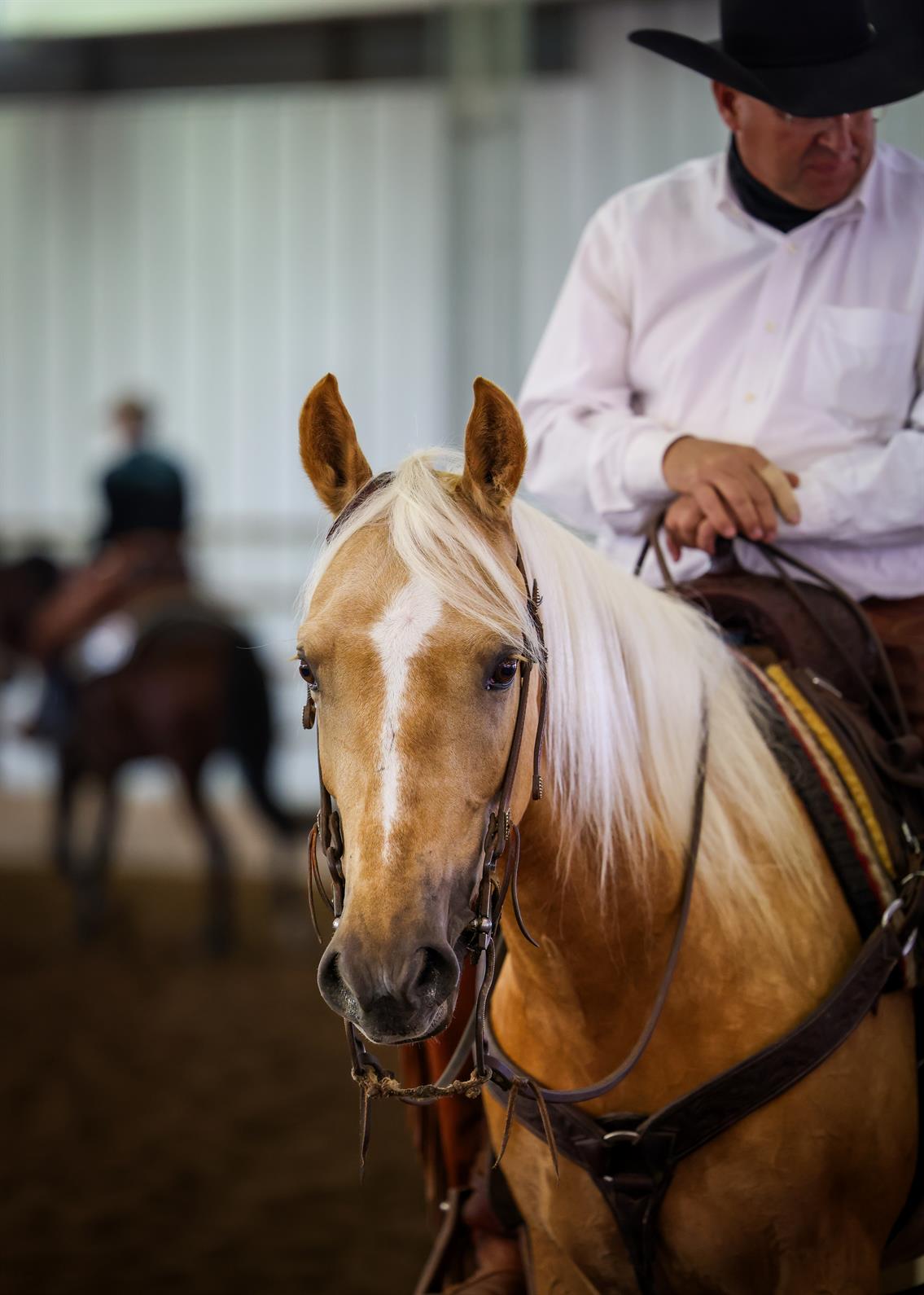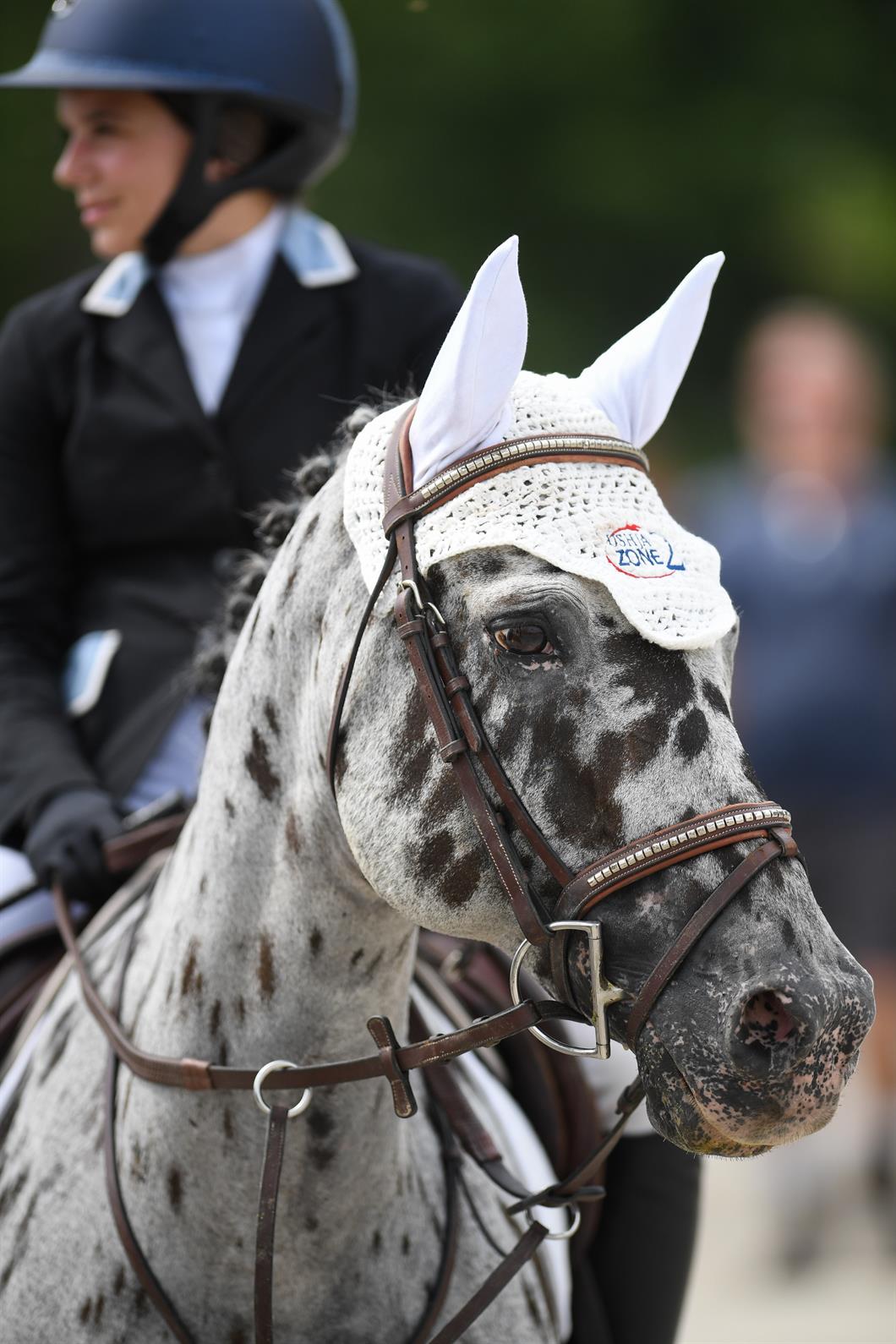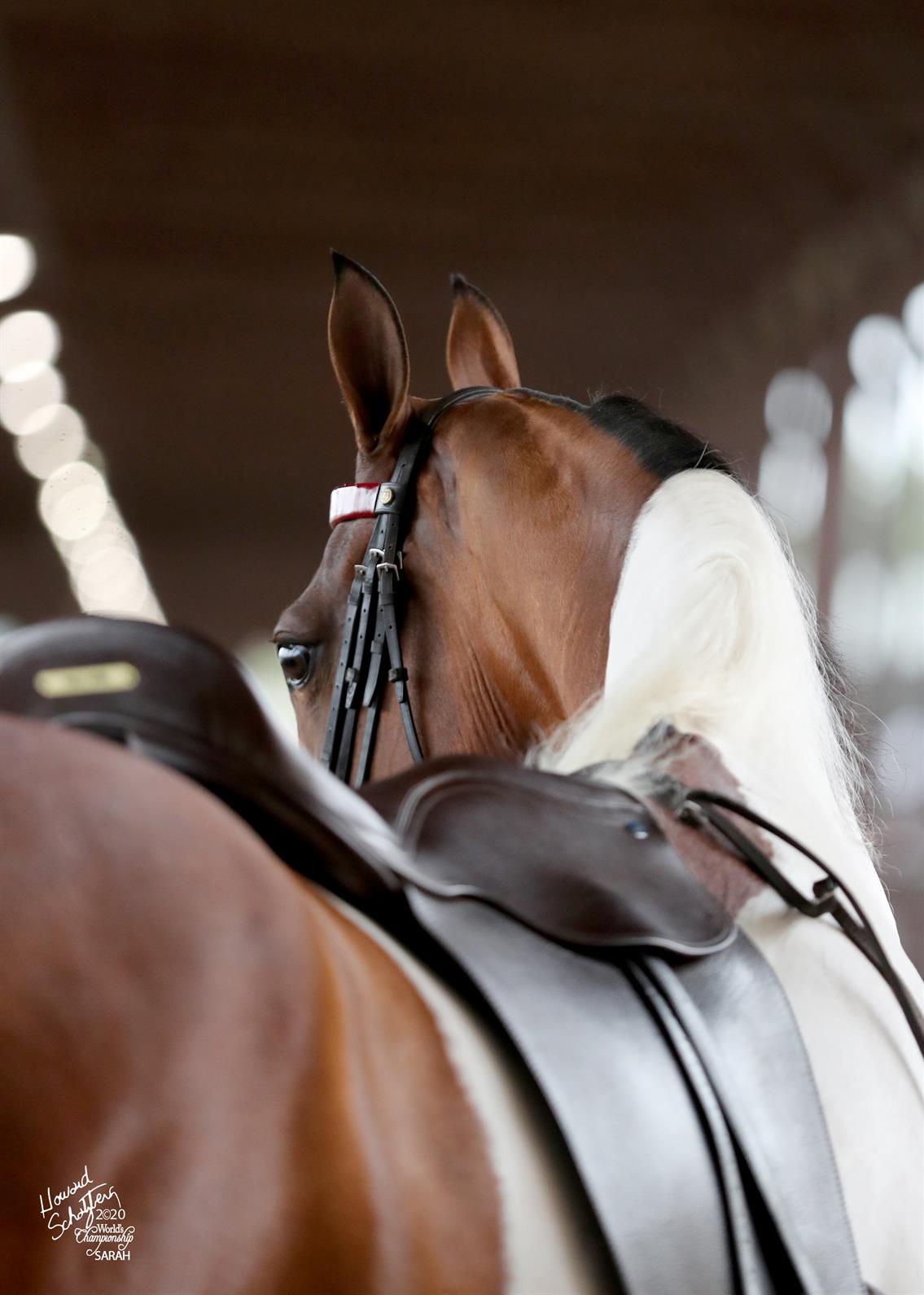
From buckskin to palomino to roan to Appaloosa, variations in coat color can be seen across multiple breeds. Though many physical traits in animals are caused by one gene, coat color is more complicated.
While some horse breeders might not consider color as a factor when they plan matings, for others, the potential offspring’s color can be important, whether for personal preference or commercial reasons. To help breeders predict the coat-color outcomes of specific matings, the Veterinary Genetics Laboratory at the University of California, Davis, offers several different coat color testing panels, which identify the presence of genes that could affect the color of a horse’s progeny.
Some tests are only appropriate for certain breeds or bloodlines, while others are appropriate for multiple breeds. Base color, dilution, and white spotting can all be evaluated, based on the specific desires of the breeder.
“For example, some horse breeders don't want to produce chestnut-colored horses, so they want to make sure, if they're going to mate two horses, that they don't carry the chestnut allele [DNA code], because chestnut is recessive. You can't tell by looking at a horse that's bay if it has a chestnut allele or not,” said Dr. Rebecca Bellone, Professor in the School of Veterinary Medicine at UC Davis. “In that case, they would just test [with] the agouti [multicolored] panel and the red factor panel, because it's really the combination of those two genes that will tell you whether a horse is black, bay, or chestnut, and what their potential progeny could be.”
Bellone explained she equates coat color to coffee. Just as different roasts, creams, and sugars all affect the hue and flavor of coffee, multiple genes determine the color and properties of a horse’s coat.
Bellone’s own research on genes that affect coat color and risk of ocular disease reveals the subject’s complexity. For example, some of her initial research involved analyzing genes to determine what causes Appaloosa spotting in horses.
“We used families of Appaloosas where the stallion had offspring that were Appaloosa-spotted, but he also had offspring that weren't Appaloosa-spotted. Then we looked at those offspring so that we could track the genetics of when it was being passed on and compare it to the genetics of when it wasn't being passed on,” Bellone explained. “While this helped us identify the main gene for Appaloosa spotting, the pattern that is passed on doesn't look exactly the same in every case. Over the years, we have also learned there's a second mutation in another gene that determines what the size of the pattern will be. We call this a modifier, as it modifies the extent of the Appaloosa pattern. We still have other modifiers that we're trying to figure out.”
Rick Meyer, a member of the Paso Fino Horse Association, International Senior Certified Judge, and owner of Royal Oak Ranch in Troy, Ill., backed up the importance of having a genetic roadmap to determine potential color of foals.
“I think many of the breeders are trying to get a solid color of some sort, probably within the black, bay, and gray area,” Meyer said.

Shaw Laney, a Paso Fino horse trainer and judge and the president of the Piedmont region of the Paso Fino Horse Association, agreed that solid colors are typically more popular with Paso Fino owners and breeders. However, he added that he has seen “every color” except Appaloosa patterns in Paso Fino horses.
“Bay, gray, chestnut, and black are the predominant colors; however, there's buckskin, palomino, cremello, perlino, and the pinto coat pattern,” Laney said. “I've even seen blue and red roan Paso Finos.”
Laney has also seen regional color variations at his farm, Cedar Lane Stable in Enoree, S.C., which has two main Paso Fino bloodlines from Puerto Rico and Colombia.
"I have never seen or even heard about a Paso Fino with full Colombian bloodlines having the pinto coloration pattern. Generally, pinto Paso Finos will have full Puerto Rican bloodlines or a blend of Puerto Rican and Colombian bloodlines," Laney said.
Laney postulated that this variation is due to differing preferences among American and Puerto Rican buyers and their Colombian counterparts.
“American buyers are generally more attracted to flashy colors,” Laney said. “The primary focus in the Paso Fino breed, of course, is their gait, but there are people that want a flashy horse, a pretty horse with an attractive color. I hope to see more of that in the near future.”
The tiger-eye coloration, whose genetics were discovered by Bellone’s team at UC Davis’s Veterinary Genetics Lab, is also unique to Puerto Rican Paso Fino horses.
Aesthetics are not the only reason breeders might test their horses’ coloration genes. There also are some health components related to coat color that are important to know for breeding and management decisions. For example, Bellone’s research discovered that the DNA mutation that causes Appaloosa spotting also causes night blindness and increases horses’ risk for equine recurrent uveitis.
“One of the things that I always recommend for horses that have two copies of [the Appaloosa] mutation is that they be kept in a stall at night,” Bellone said. “One of the other things that we recommend is horses that have two copies of that mutation be examined at least annually by a veterinary ophthalmologist.”
However, you do not need to have a comprehensive background in genetics or apply genetic tests to notice coloring trends in horse generations. Deanna Edgy, a riding instructor at Scotland Saddlebreds in Laurel Hill, N.C., and a former farm manager at Dolorosa Arabians in Rocky Point, N.C., has bred multiple generations of horses and seen how they pass their colors down.

“Say you take a black mare, and you breed that black mare to a cremello; you will have a greater percentage of having a palomino or buckskin,” Edgy said.
Edgy said she has observed “all different variations of color” in both Saddlebreds and Arabians. Her Saddlebreds range from liver chestnuts to sooty buckskins with silver and gold undertones, while her Arabians and half-Arabians show similar range thanks to their diverse genealogy.
“A purebred Arabian that's bred to any type of other horse can be considered a half-Arabian, so they breed all different paints, and they can get all kinds of colors,” Edgy said. “There's way more color variation because you can breed outside of the Arabians.”
Despite the genetic roadmaps and color predictions, many aspects of color, its genetics, and its potential effects beyond coat appearance remain mysterious.
For example, Bellone and her team recently discovered a de novo mutation—a mutation not inherited from parents—in a thoroughbred with a unique white spotting pattern, leading to more questions and hypotheses.
“He was a stallion for a few years, so we also were able to test some of his progeny, and it turns out one of his all-white progenies was also deaf,” Bellone said. “So what we don't know is, is it that mutation itself causing the deafness? That horse also had a dominant white mutation. Is it the combination of two white patterning mutations?”
Clearly, there is still much to learn about equine genes and their role in a horse’s characteristics. Until then, even something as seemingly simple as a horse’s color has the capacity to surprise breeders on occasion.
“We have two solid bay broodmares on my farm, and we bred them to a solid bay stallion, and both of those babies are chestnut,” Laney said. “So it was a little shocking when they were born.”
For more educational content about horses, sign up here for the free Equestrian Weekly newsletter and visit our online Learning Center. Learn more about US Equestrian’s affiliated breeds and disciplines at usef.org.


